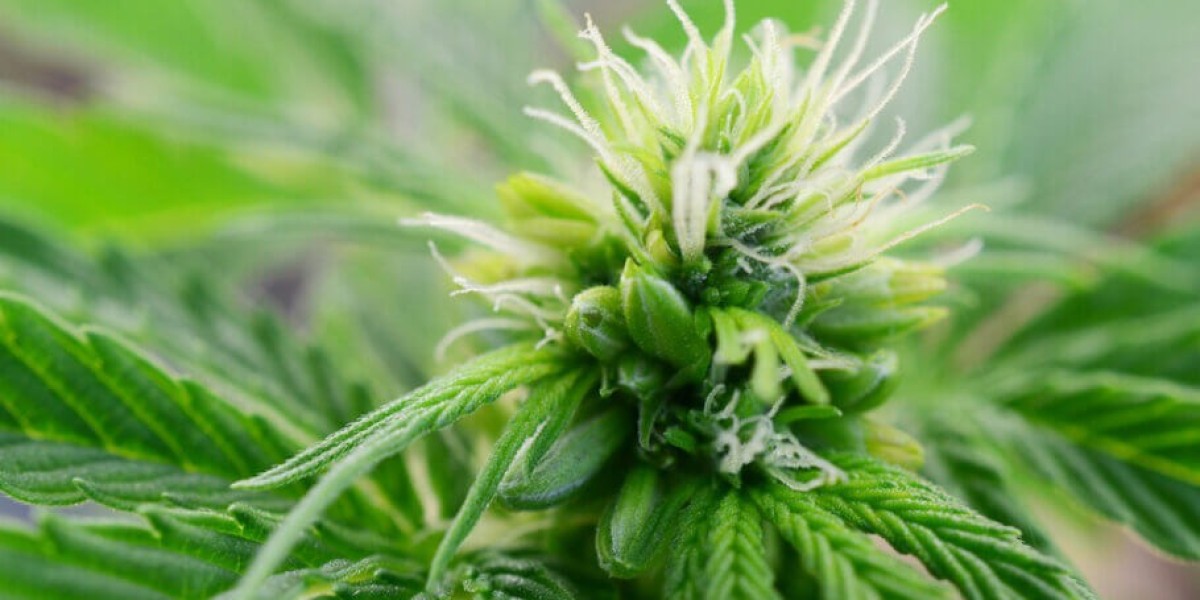Unlike many conventional medications, medical cannabis dosing is highly individualized and depends on various factors such as the patient’s condition, tolerance, metabolism, and the type of cannabis product used. This guide will provide clear, practical advice on how to approach dosing medical cannabis safely and effectively in the UK.
Understanding Medical Cannabis Dosing
Medical cannabis contains two primary active compounds: THC (tetrahydrocannabinol) and CBD (cannabidiol). THC is responsible for the psychoactive effects or “high,” while CBD is non-intoxicating and often used for its therapeutic properties. The ratio and concentration of these cannabinoids influence the dosing strategy.
Dosing medical cannabis is not a one-size-fits-all approach. Patients may require different doses depending on the condition being treated, previous cannabis experience, body weight, and individual sensitivity. Therefore, careful titration and monitoring are key to finding the optimal dose.
Start Low and Go Slow
A fundamental principle in medical cannabis dosing is to “start low and go slow.” This means beginning with a low dose and gradually increasing it over time while observing how your body responds. Starting with too high a dose can lead to unwanted side effects such as anxiety, dizziness, or excessive sedation.
For THC, initial doses often start as low as 1-2mg per day, especially for cannabis-naive patients or those with sensitive health conditions. For CBD, starting doses may range from 5 to 20mg per day. These doses can be adjusted weekly or biweekly based on symptom relief and side effects.
Choose the Right Product and Delivery Method
Medical cannabis is available in various forms, including oils, capsules, dried flower, tinctures, and vaporizers. The delivery method affects onset time, duration of effects, and dosing precision.
Oils and tinctures: Allow precise dosing and are absorbed relatively quickly when taken sublingually.
Edibles: Have a delayed onset (30 minutes to 2 hours) and longer-lasting effects but require careful dosing due to variability in absorption.
Vaporizing or smoking: Provide rapid onset (within minutes) and easier dose titration but may not be suitable for all patients.
Topicals: Used for localized relief and generally do not produce psychoactive effects.

Consult your healthcare provider to select the most appropriate product and delivery method for your condition and lifestyle.
Work Closely with Your Healthcare Provider
Dosing medical cannabis safely should always be done under the supervision of a qualified healthcare professional, preferably a specialist registered with the General Medical Council (GMC) in the UK. They can help tailor your treatment plan, monitor progress, and adjust doses as necessary.
Regular follow-up appointments are important to assess effectiveness and side effects. If you experience adverse reactions or insufficient symptom relief, communicate openly with your clinician to optimize your regimen.
Monitor Effects and Adjust Accordingly
Keep a detailed journal of your cannabis use, noting the dose, time of administration, effects experienced, and any side effects. This practice helps you and your healthcare provider make informed decisions about dose adjustments.
Common side effects of THC include dry mouth, dizziness, fatigue, and mild anxiety. If these occur, consider reducing the dose or changing the product formulation. If symptom relief is inadequate, your provider may recommend gradually increasing the dose within safe limits.
Avoid Common Dosing Mistakes
Taking too much too quickly: Rapid dose escalation can increase the risk of side effects.
Ignoring product potency: Always check the THC and CBD content on product labels to calculate your dose accurately.
Mixing products without guidance: Combining different cannabis products or other medications without professional advice can lead to unpredictable effects.
Not considering tolerance: Regular cannabis users may require higher doses, but tolerance should be managed carefully to avoid dependence.
Typical Dosage Ranges

While dosing is individual, some general guidelines exist:
THC: Start with 1-2mg per day, increasing by 1mg weekly as tolerated, up to a maximum of around 40mg per day in some cases.
CBD: Start with 5-20mg per day, increasing gradually to 100-200mg per day depending on therapeutic response.
These ranges vary widely depending on the patient and condition.
Where to Find Quality Medical Cannabis Products in the UK
Accessing high-quality, lab-tested medical cannabis products is crucial for safe dosing. Licensed dispensaries provide detailed cannabinoid profiles and certificates of analysis, ensuring product consistency and safety.
One reputable UK-based platform is Hub420 - Buy weed online UK safely. They offer a wide selection of medical cannabis products with transparent labeling and quality assurance. For more information, visit https://hub420.shop/
Final Tips for Safe Medical Cannabis Dosing
Always start with the lowest effective dose.
Increase doses gradually and patiently.
Use consistent product types to better understand effects.
Maintain open communication with your healthcare provider.
Keep a dosing diary to track progress and side effects.
Avoid mixing cannabis with alcohol or other sedatives without medical advice.
By following these guidelines, patients can safely navigate medical cannabis dosing to achieve optimal symptom relief with minimal side effects. Safe and informed dosing is the foundation of a successful medical cannabis treatment plan.













